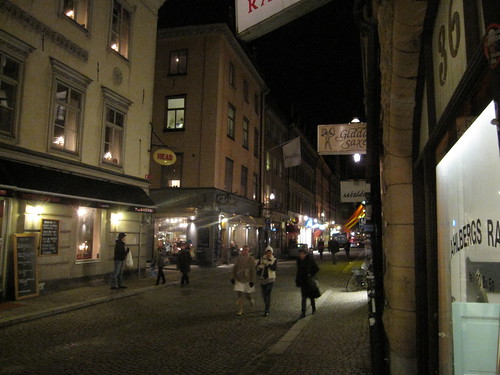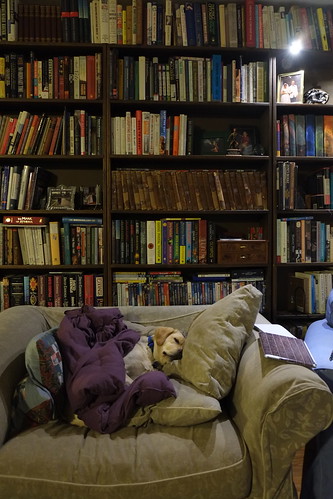Fast Company has a piece about the Scandinavian Hoffice movement, which “aims to help freelancers find it easier to get things done, by transforming apartments and homes into temporary coworking spaces.”
Everyone in the group works in 45-minute shifts, based on research suggesting people can’t concentrate for more than 40 minutes at a time. When the shift ends, an alarm clock buzzes, and the group takes a short break to exercise or meditate. Before starting again, everyone explains what they hope to get done, to add a little social pressure to actually accomplish something….
Inspired by how much they can get done with the group’s regimented system, hundreds of people have now signed up for Hoffice in Stockholm, and new groups have formed in other cities throughout Sweden and Denmark.
The 45-minute shift detail is what jumped out at me, as it’s a benchmark that’s becoming more and more popular, it seems. I first ran across it in Anders Ericsson’s deliberate practice article.
I also like the social pressure and light structure that the system seems to put around people, and I don’t think this is something whose utility would be confined to Sweden or Denmark, where even the anarchists wait for the lights to change before they cross (I’ve seen this in Copenhagen).
In fact, Hoffice cofounder is a psychologist who studies workplaces, and another article outlines the movement’s basic rules:
- Time per shift: 45 minutes, no one can concentrate for more than 40 minutes at a time. Some few extra minutes in ”start-up cost” with each session are added. People not ready to break when the alarm clock rings make a sign and will not participate in the break activities.
- Concentration: Mindfulness and physical activity increases the ability to focus and will be practiced alternatively during the ten minute breaks. Participants agree jointly what kind of activity they want to choose each time.
- Social accountability: To plan what one likes to reach the next 45 minutes and during a full day, and to say it out loud before each session, increases the chance that one actually gets things done. In some Hoffice events the group will applause when someone has completed a task.
- Time span: It is difficult to estimate how long time a task will take, even though it is one’s own ideas and plans. Telling everyone after the session what you really got done creates a feedback loop – a way of learning about time consumption from one’s own work processes.
All these are sensible. Personally, I think if I were to try it, an additional appeal would be that it would force me to clean up the living room, because I’d have company coming over.
Though visitors would have to be able to work around dogs.


